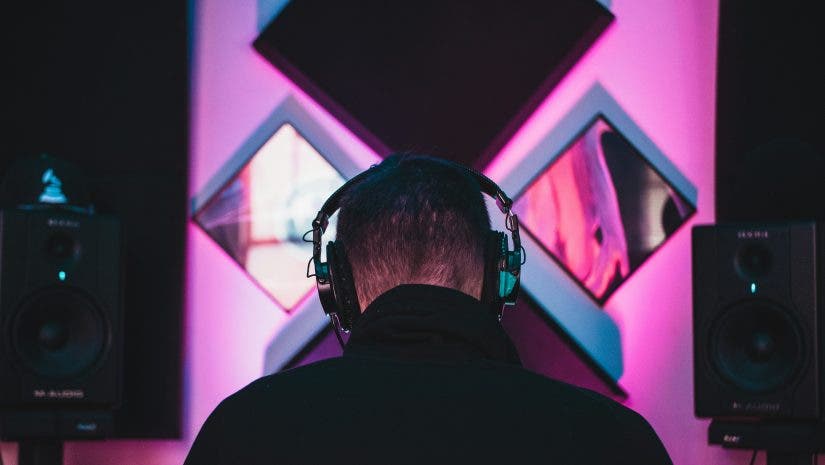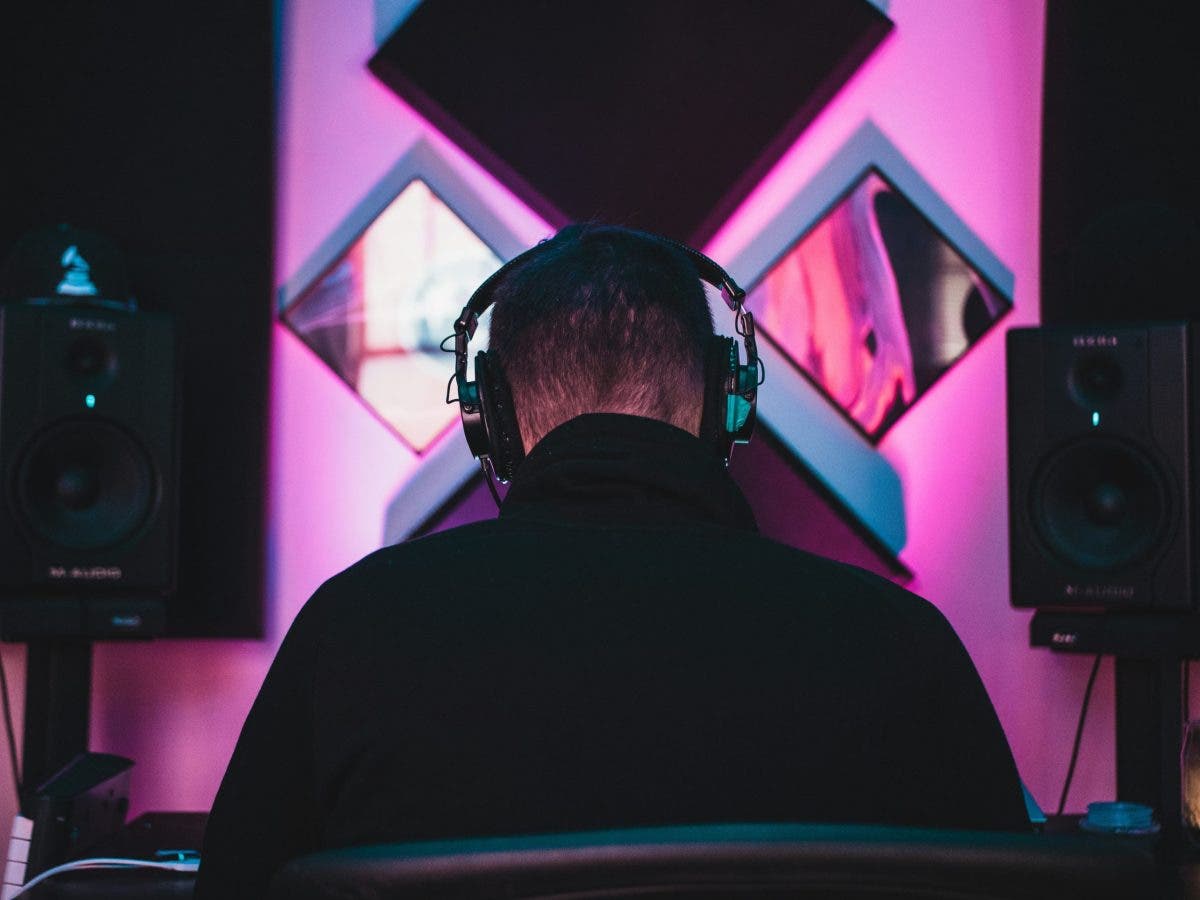You’ve heard of BandLab mastering and AI mastering — but what is mastering in music production, really? Well, mastering is a huge step in music production that is key in creating polished and professional-sounding tracks.
Most beginners find themselves searching for “How to master a song?” tutorials on the last stages of audio post-production, and for good reason! After all, mastering is the last step of the music production process, right after mixing.
How do I master music?
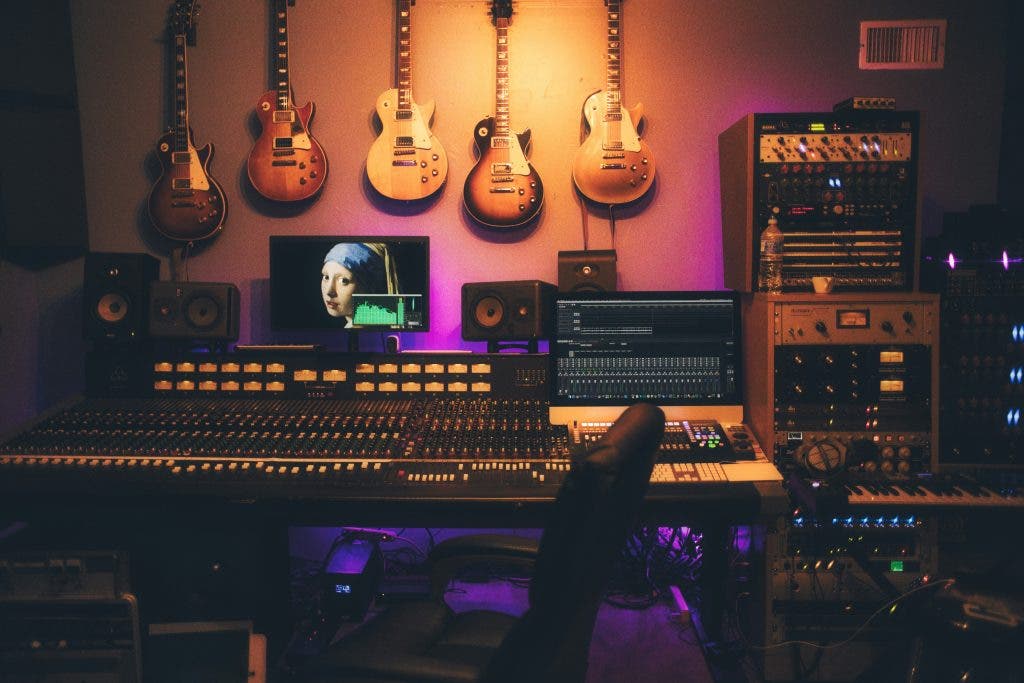
Let’s get right to it: a peek into the mastering process, explained in eight steps.
1. Evaluate!
The first thing a mastering engineer does is put on their headphones and listen very carefully to the track. This is like the “investigation stage,” where mastering engineers search for anything that stands out.
Are there any weird sounds or parts where the music doesn’t flow smoothly? Are some parts too quiet or too loud? Getting the answer to these questions helps the engineer figure out what needs fixing or enhancing.
2. Go into editing.
Before going into the nitty gritty (the more complex parts of the mastering process), take some time to tidy up the track a bit. This is the editing stage.
In this stage, the engineer might snip out any unwanted noises, like coughs, clicks, or pops, at the start or end of the track. They also edit any little mistakes that might have slipped through during mixing. The engineer uses digital audio workstations (DAWs) to zoom in on the waveform and precisely cut or fade problem areas, ensuring transitions are smooth and the track is clean. So basically, do whatever you can to make sure your work is neat before proceeding to the next steps. Here are a few DAWs we recommend, if you’re hoping to get one for yourself:
3. Equalizing time!
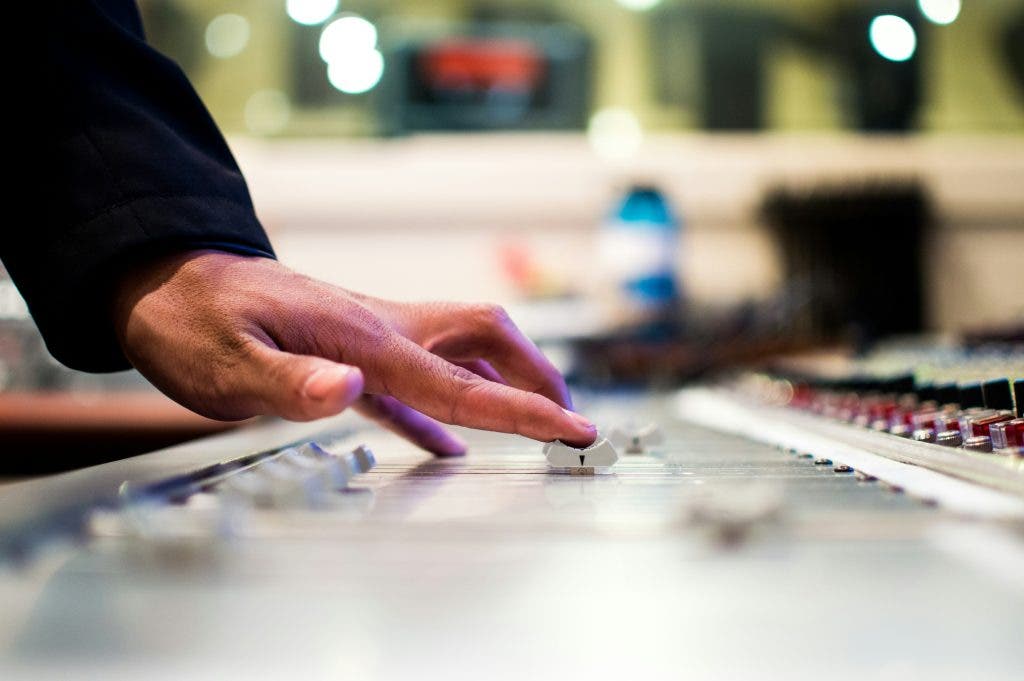
Every song has lows (maybe some bass), mids (like vocals), and highs (such as cymbals). Sometimes, some parts might be too loud, and others too quiet.
To do all this, the engineer uses an equalizer, a tool that can boost or cut specific frequency ranges. By adjusting these frequency bands, the engineer can enhance or reduce certain elements, such as making vocals clearer or reducing “boomy” bass, ensuring that every part of the track blends well together. Here are a few equalizers you might want to look through:
4. Compressing and limiting is the key.
So, you’re comfy in the library, listening to some tunes. While listening, you want to hear both the whispers and the drum solos in the song without hurting your ears. This is what compression does in a song. It controls how loud or soft different parts of the track are, so nothing gets lost or too overwhelming. Then there’s limiting, which is like a safety net. It keeps the loudest parts from getting too loud, preventing any distortion or crackling noises.
Compression works like this: the mastering engineer sets a threshold, determines how much a sound should be reduced, and manages the attack and release of the sound. For limiting, the mastering engineer sets a maximum volume level, places a “fast attack time” to immediately reduce any spikes, and does “brick wall limiting.” Brick wall limiting is basically where the limiter prevents any sound from exceeding the maximum volume level.
5. Stereo enhancement mode: on.
Everybody’s tried closing their eyes while listening to a song. Why do they do this? Well, maybe because they’re really feeling it. Maybe they feel like the band or singer is playing right in front of them, with sounds coming from different directions.
To make that possible, the mastering engineer adjusted the stereo width, making the music feel bigger and more immersive. But how exactly is this done? The process of stereo enhancement is done by panning, mid-side processing, phase adjustment, and the occasional use of effects. Oh, and don’t forget: balance those frequencies!
6. Amp up the reverb and ambience.

Singing in the bathroom creates that echo effect that singers and musicians love. That’s what reverb is! It adds a sense of space and depth to music. During mastering, the engineer might add some subtle reverb to make the track feel more alive and natural as if it’s playing in a real space.
Engineers use tools like reverb plugins and hardware units to create a sense of different acoustic environments, such as a concert hall or a small room. They do all of that by adjusting parameters like decay time and pre-delay.
7. Sequence and space everything carefully.
Did you know that even the order of the songs in albums is meticulously curated? It’s a part of mastering, actually! The mastering engineer decides which song plays first, second, and so on. They even get to decide how many seconds of silence go between each track to create a smooth flow and keep the listener engaged.
Now, more technically speaking: Engineers use DAWs to arrange tracks, which can affect the pacing and emotional impact of the album. They may also crossfade tracks slightly to ensure seamless transitions.
8. Wrap it up!
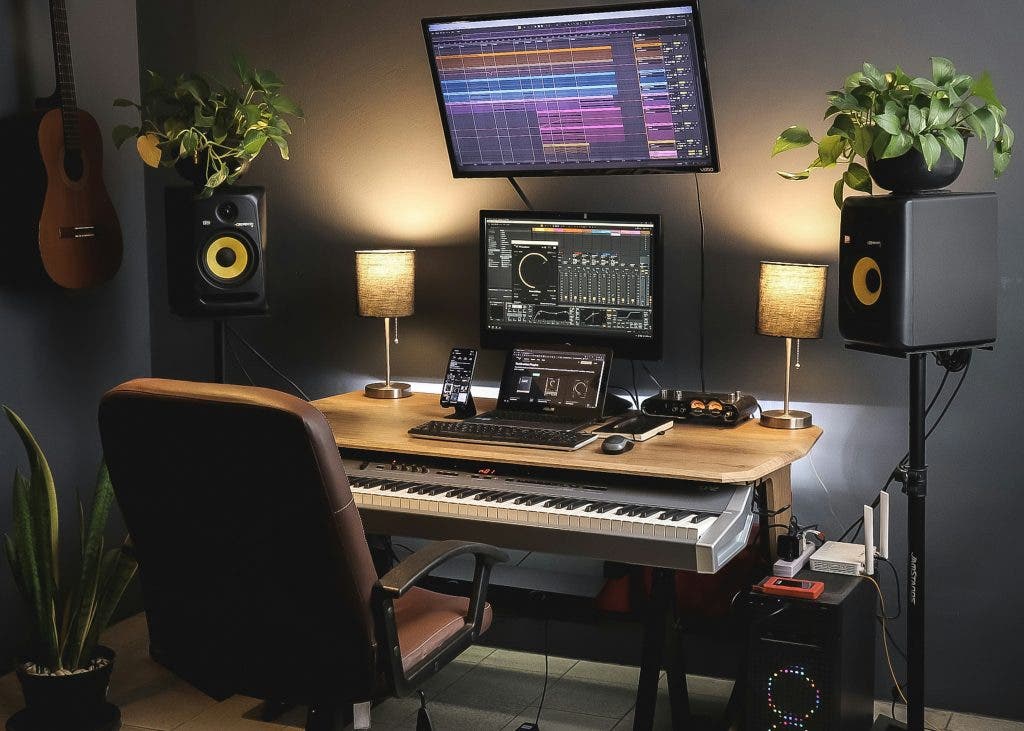
The mastering engineer checks to make sure the track meets all the technical requirements for different platforms. Finalizing involves exporting the mastered tracks to the appropriate audio formats (such as WAV or MP3) and setting the correct sample rate and bit depth for optimal playback. The engineer also embeds metadata, such as track titles, artist names, and album art.
FAQs
Mastering is important since it’s the final polish on a track, ensuring it sounds great on every speaker.
Mixing is about blending individual tracks into a harmonious singular unit, while mastering is the polishing.
In music production, a master is the final, perfected version of a track, ready for distribution.
Mastering a song can take anywhere from a couple of hours to a full day, depending on track complexity, length, and quality.
Mixing is the process of blending all the individual elements of a track, like vocals and instruments, into a cohesive whole track.
Go from Good to Unforgettable
Don’t settle for a good track when you know you have the power to master it into an unforgettable one! By understanding and appreciating the mastering process above, artists can ensure their music reaches its full potential and captivates audiences worldwide.
It doesn’t matter if you’re a beginner or rookie mastering engineer reading this. What matters most is you walk away, understanding what is mastering in music production and maybe understanding its whole process just a little bit better.
